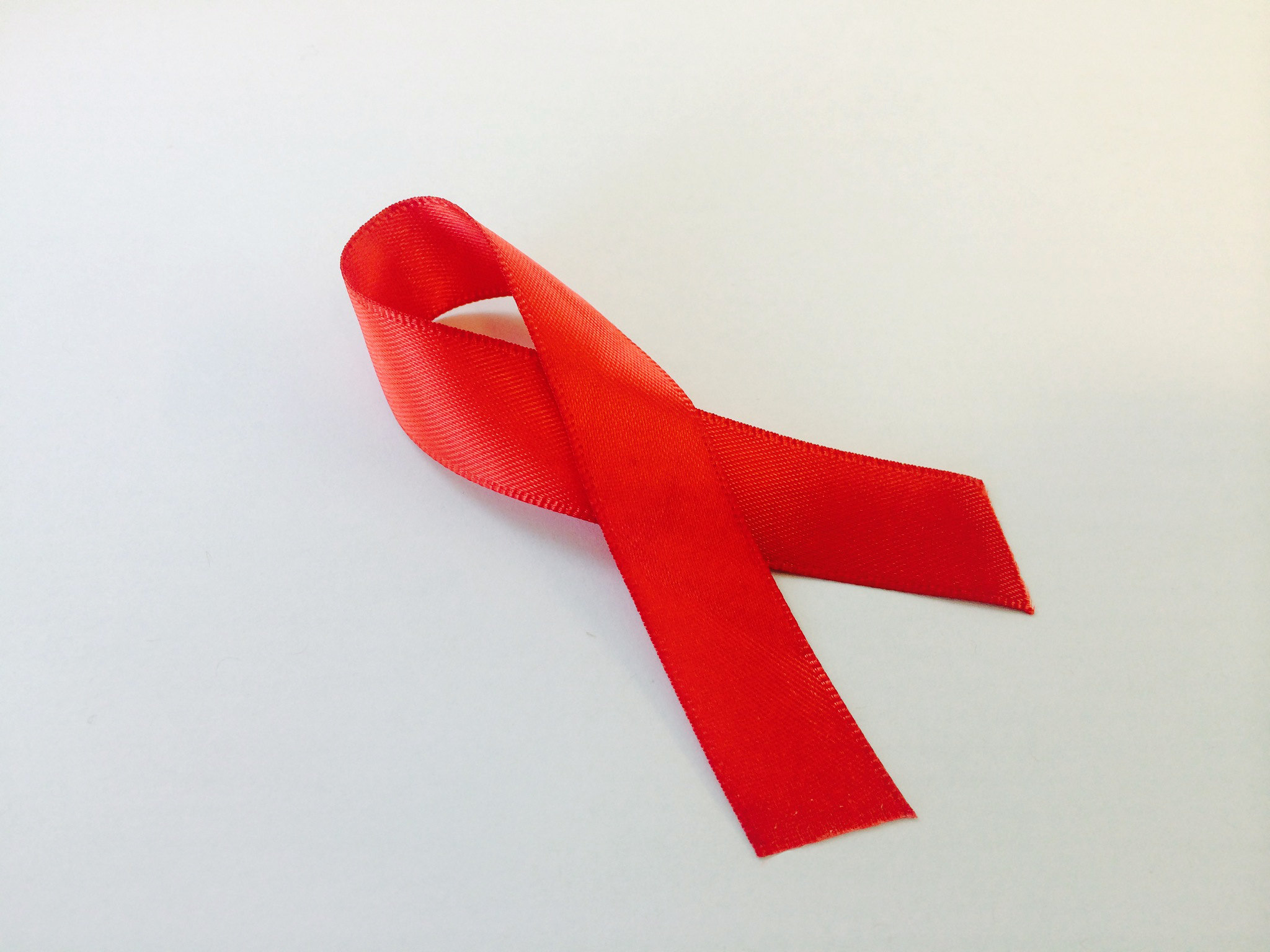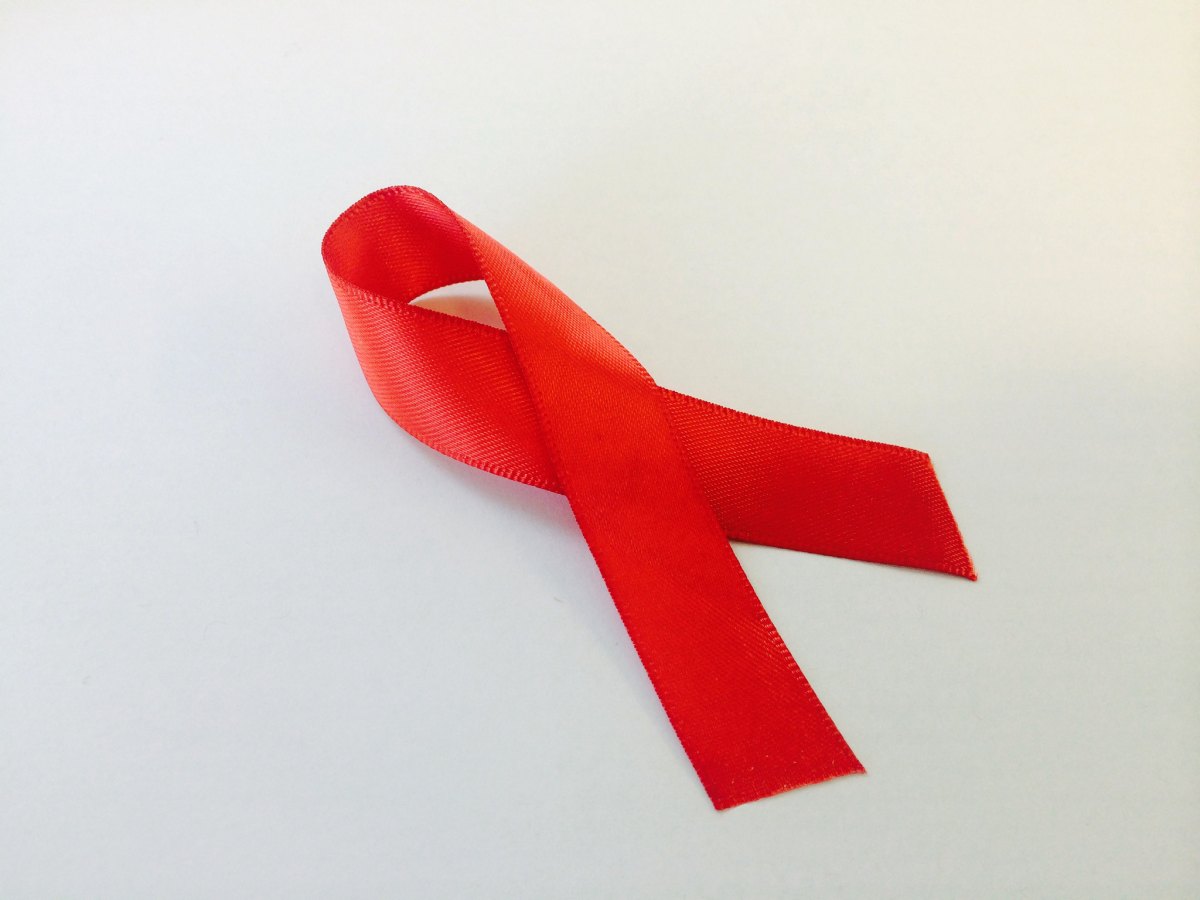World AIDS Day: Where We Are and Where We’ve Been


Since 1988, December 1 had been recognized as World AIDS Day by the United Nations. In the 31 years since that first World AIDS Day the AIDS crisis has evolved and migrated, and we very luckily live in a world where HIV and AIDS are no longer a death sentence. There is still much work to do however, and we wanted to take some time today to look at the numbers, how far we’ve come in this crisis, and how far we still have to go.
According to UNAIDS, the United Nations Programme (yes, they spell it with an E, it’s a UN thing) dedicated to addressing the crisis, AIDS-related deaths have been reduced by 56% since their peak in 2004. The AIDS fact sheet explains that: “In 2018, around 770 000 [570 000–1.1 million] people died from AIDS-related illnesses worldwide, compared to 1.7 million [1.3 million–2.4 million] in 2004 and 1.2 million [860 000–1.6 million] in 2010.”
This reduction is amazing, but it’s clear that there is still a great deal of work to be done, and the majority comes in terms of access to treatment. UNAIDS estimates that 37.9 million people globally were living with HIV, but of those many millions, only 24.5 million of were accessing antiretroviral therapy. This is up significantly from 2010 when only 7.7 million people had such access. Still, only 63% of those living with HIV were accessing treatment.
An essential element of getting the right HIV/AIDS treatment is for patients to know their HIV status. The UN estimates that only 79% of those living with HIV knew their status. Of those that know their status, the number for treatment were obviously better, with 78% of patients accessing treatment and of the people accessing treatment, 86% were virally suppressed.
So the biggest take away here: Get Tested.
Progress has also been made in terms of new HIV infections, which have been reduced by 40% since their peak in 1997. In 2018, UNAIDS estimates that around 1.7 million people were newly infected with HIV, including 160,000 children. New infections in children have dropped by 41% since 2010.
The geographical disparities in the AIDS crisis cannot be overstated. Of the 37.9 million people living with HIV globally, the UN estimates that 20.6 million are located in Eastern and Southern Africa, with only 67% of that population accessing antiretroviral therapy. That’s in line with the global average, and, luckily far ahead of the Middle East/North Africa and Eastern Europe/Central Asia where only 32% and 38% of their respective HIV populations are accessing to treatment.
Though the AIDS crisis has evolved from the epidemic that claimed the lives of so many gay men in America in the 80s and 90s to a global one, men who have sex with men are still considered a “key population.” These are groups that are particularly vulnerable to new infections and lack access to services and treatment. These populations are: men who have sex with men, people who inject drugs, sex workers, incarcerated people, and transgender people.
According to UNAIDS, “Key populations and their sexual partners account for 54% of new HIV infections globally,” and are all more likely to be infected and less likely to access treatment. The numbers are stark and disheartening. The risk of men who have sex with men contracting HIV is still 22 times higher. This rate of 22 times higher chance of infection also applied to people who inject drugs. The risk of new infections for sex workers in 21 times higher.
These numbers paint a picture of progress in many areas, but there is still massive work to be done and the UNAIDs estimates that they are about $7 billion short of the funding they need to address their goals.
It’s easy to think that the AIDS crisis is something in the past because we have come so far in terms of treatment in and prevention, especially in North America and Western Europe which account for only around 6% of global HIV cases. But there are still people dying, especially in vulnerable populations, and the disease is still spreading. This is why it’s important to be aware, not just today, but every day.
(image: NIAD via Flickr)
Want more stories like this? Become a subscriber and support the site!
—The Mary Sue has a strict comment policy that forbids, but is not limited to, personal insults toward anyone, hate speech, and trolling.—
Have a tip we should know? [email protected]
